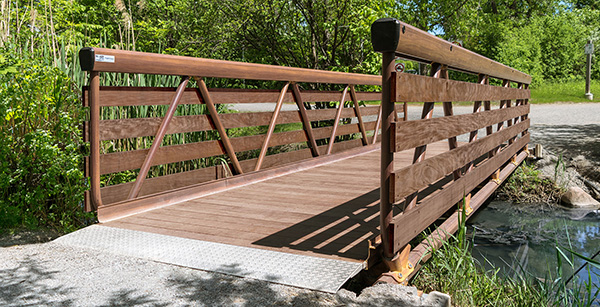If you find yourself in a position where you need to buy your next property before selling your existing one, a bridging loan can help you bridge the gap.

A bridging loan is a short-term facility that covers the financial gap between purchasing your new property and selling your existing property.
Benefits of a Bridging Loan
- Convenient: Bridging loans enable you to purchase your new property immediately without waiting for your current home to sell.
- Repayments: Depending on the loan structure, you might only need to make repayments on your existing mortgage during the bridging period.
- Avoid Renting: By aligning the sale of your current home with purchasing your new one, you can avoid the costs and hassle of renting a temporary home.
Risks of a Bridging Loan
- Risk: If you don’t sell your home in the required time or for a high enough price, you could face a hefty interest bill or risk the bank stepping in to sell your home. A lower-than-expected sale price could leave you with a larger ongoing loan amount, potentially leading to financial difficulties. It’s wise to have a backup plan.
- Loan Costs: Bridging finance may require valuations for both your existing and new properties, leading to two valuation fees and additional charges for the extra loan.
- Interest/Interest Rates: Interest is typically charged monthly, so the longer it takes to sell your property, the more interest will accrue. Additionally, you may be charged a higher interest rate if you don’t sell within the bridging period.
- Termination Fees: If your current lender doesn’t offer bridging loans, you might need to switch lenders, which can result in early exit fees from your existing loan, especially if you’re switching during a fixed interest rate period.
Frequently Asked Questions (FAQ):
What happens if I need the bridging loan for more than 12 months?
12 months is generally the longest which the banks will provide a bridging loan
What if my current property doesn’t sell for as much as I expected?
Under the bridging conditions, you will still be required to repay the outstanding balance remaining on your bridging loan.
Can I make lump sum payments or pay the bridging loan early?
Yes, you can make lump sum payments on the bridging loan and/or pay it back early if you choose. The early payment fee may apply based on bank policies. This will reduce your outstanding home loan balance and monthly interest charges.
Meet Emily:
Emily has found her dream home but hasn’t sold her townhouse yet.

She has a $250,000 home loan on the townhouse and is paying Principal and Interest repayments.
She is five years into his 30-year term. Here’s how a bridging loan helps:

During the bridging period, Emily’s existing $250,000 home loan becomes the bridging loan. The maximum agreed loan term decreases to 12 months.

For her new house, Emily has been approved for a new ongoing home loan of $500,000 on a Standard Variable Rate loan over a 30-year agreed loan term. Emily now has a combined home loan balance of $750,000.
($250,000 bridging loan + $500,000 ongoing home loan)
During the bridging period, Emily chose to pay both home loans by making interest-only payments.

Eight months later, Emily sells her townhouse for $400,000 and pays
off and closes her bridging (original) loan. She puts the remaining $150,000 towards her new (ongoing) home loan, reducing it to $350,000.
Emily chooses to switch her repayment type from Interest Only to Principal and Interest on this ongoing home loan now that her townhouse has been sold.



